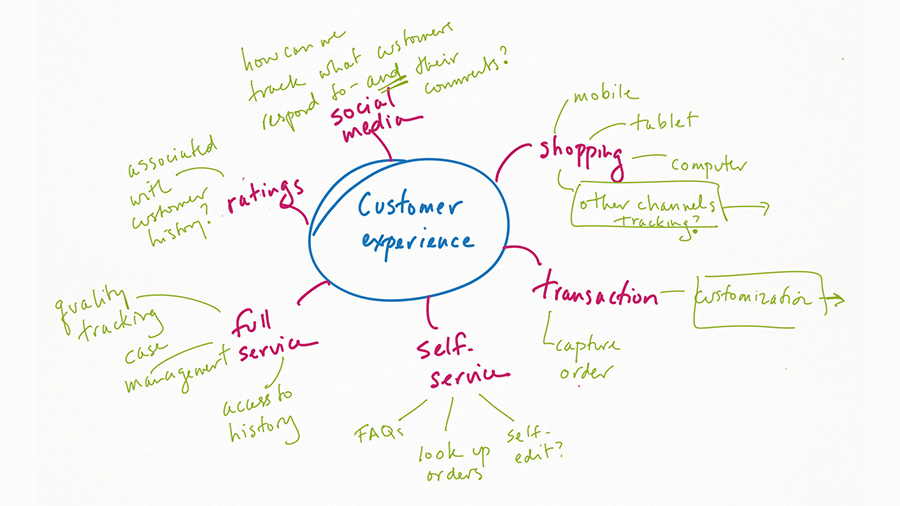Whichever software platforms and development methods an organization relies on, the features and functionality that users want aren’t always available. As the Rolling Stones song goes, “if you try sometimes, well, you might find / You get what you need” — except that the operative word, when it comes to an IT provider, is might.
Mind the Satisfaction Gap
A disparity between expectations and actual deliverables can occur if the IT provider, whether external or internal, applies only a cookie-cutter understanding to the business problem. Sometimes the executive who’s responsible for representing the business to IT and making IT-related decisions isn’t knowledgeable enough to detail business requirements accurately or provide crucial explanatory context for why each detail matters.
Or the two parties never invest in sufficiently thoughtful reflection and dialog to develop an optimally collaborative approach. This can result in forced, painful compromises: The business owner feels perennially dissatisfied and the IT provider feels unsuccessful and unappreciated.
Three Steps to Covering the Gap
Unfortunately, there’s rarely enough time, money, or staff available to accomplish every project goal, even if the IT provider has the skill and acumen to do it. And, depending on previous decisions regarding design and development, some adjustments, features, or capabilities may not even be possible.
Can an IT provider get ahead of the customer’s dissatisfaction, or at least mitigate it a bit?
Perhaps as an IT provider, you feel good about how everything’s going, or you’re bearing down on what you see as the project’s next stage. But you sense resistance, or the client is telling negative stories or even making negative jokes.
Take immediate steps to alleviate the tension. Bring the issues to the surface for resolution with this three-step approach.
Step 1: Don’t wait until your customer realizes they didn’t get what they expected. As the provider, it’s your responsibility to clarify the extent to which their needs can be satisfied, and what proportion of their plans you can cover within the allowable time and budget.
Be careful not to treat the situation — or the customer — cavalierly, as if it’s just business as usual. Express regret that you can’t provide a more comprehensive, tailored solution. Acknowledge how painful the tradeoffs are, rather than treating the satisfaction gap as if it’s only the customer’s problem.
Keep in mind that non-IT decision-makers don’t generally understand that they won’t get everything they want, and they’re not likely to be comforted by a provider’s obligation to balance the conflicting needs of multiple clients.
Step 2: Ask lots of questions. If you detect dissatisfaction or distress from your customer, show your openness to candid feedback and willingness to retrace your steps. Try these prompts to avoid triggering their defensiveness:
- “Are there requirements we haven’t responded to sufficiently? Please lay them out for me.”
- “Could you explain what you were expecting that it looks like we didn’t take into account?”
- “Do you have a different solution in mind? Please tell me what it was.”
- “Were there other things you wanted to try?”
Step 3: Even if you’ve already done a complete needs analysis, this exercise can teach your customers to focus on the big picture. Help them draw a mind map showing their, say, 43 requirements and 97 desired outcomes. Then, in a facilitated, reiterative dialog, isolate their most crucial priorities and the core themes underlying multiple specific pathways.
Point out the minimum and maximum likely deliverables, and the time and budget needed to accomplish them.
As an IT provider, you may feel comfortable — and courageous — enough to make decisions on your customer’s part. But to ensure that the project is a mutual success, you’ll also need to be responsive to your customer’s potential anger and sense of loss.
Onward and upward,
LK

